Do you have a question about the Black Max BM903511 and is the answer not in the manual?
Do not connect to a building's electrical system unless verified by a qualified electrician.
Generator exhaust is deadly. Never use indoors, even with open doors and windows.
Attach the feet to the generator unit as part of the initial setup process.
Mount the wheels onto the generator frame for mobility.
Securely attach the handle to the generator for easier maneuvering.
Add the provided lubricant to the generator before initial operation.
Fill the fuel tank with gasoline and fuel stabilizer as directed.
Position the fuel valve to the 'ON' setting to allow fuel flow.
Move the choke lever to the 'START' position for cold starting.
Pull the recoil starter rope to begin the engine ignition process.
After 15-30 seconds, move the choke to the 'RUN' position.
Connect appliances, ensuring their wattage meets generator capacity.
Allow the unit to cool completely before following storage guidelines.
Check fuel, lubricant, fuel valve, spark plug, and choke position.
Verify fuel quality, spark plug condition, and choke setting.
Inspect the air filter element and ensure proper fuel and storage.
Check the circuit breaker and the plugged-in item.
Ensure correct gasoline octane rating and consult service if issue persists.
Seek service for issues like hard starting, rough idle, or black exhaust smoke.
Press and hold the stop switch to turn off the generator.
Do not connect to a building's electrical system unless verified by a qualified electrician.
Generator exhaust is deadly. Never use indoors, even with open doors and windows.
Attach the feet to the generator unit as part of the initial setup process.
Mount the wheels onto the generator frame for mobility.
Securely attach the handle to the generator for easier maneuvering.
Add the provided lubricant to the generator before initial operation.
Fill the fuel tank with gasoline and fuel stabilizer as directed.
Position the fuel valve to the 'ON' setting to allow fuel flow.
Move the choke lever to the 'START' position for cold starting.
Pull the recoil starter rope to begin the engine ignition process.
After 15-30 seconds, move the choke to the 'RUN' position.
Connect appliances, ensuring their wattage meets generator capacity.
Allow the unit to cool completely before following storage guidelines.
Check fuel, lubricant, fuel valve, spark plug, and choke position.
Verify fuel quality, spark plug condition, and choke setting.
Inspect the air filter element and ensure proper fuel and storage.
Check the circuit breaker and the plugged-in item.
Ensure correct gasoline octane rating and consult service if issue persists.
Seek service for issues like hard starting, rough idle, or black exhaust smoke.
Press and hold the stop switch to turn off the generator.
| Fuel Tank Capacity | 4 gal |
|---|---|
| Run Time at 50% Load | 11 hours |
| Engine Type | 4-Stroke OHV |
| Starting System | Recoil |
| Weight | 110 lbs |
| Rated Watts | 3500 W |
| DC Output | 12V |
| Outlet | 2x 120V 20A |
| Noise Level | 68 dBA at 23 ft |

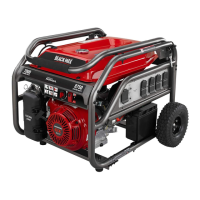
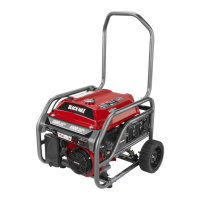

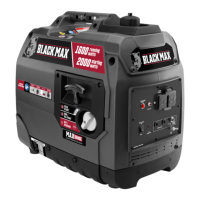
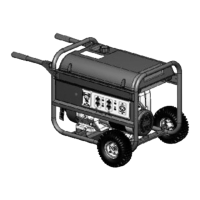


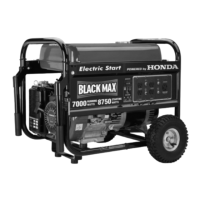
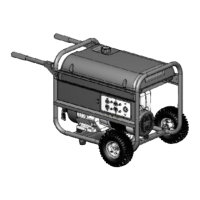
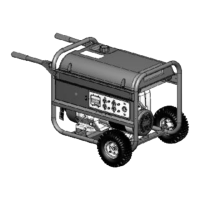
